What Is A Domestic Retrofit?
Green Homes, Low Carbon, Insulation, And Climate Action Are The Biggest Challenges For The Construction Industry
We have a challenge before us to reduce carbon emissions and protect our environment. This challenge is achievable through Retrofit as per the PAS:2030 and PAS:2035. A domestic Retrofitting is an improvement or modification made to an existing property. By retrofitting homes and buildings, we can significantly impact reducing carbon emissions. Reducing energy use in the existing builds is also very important as the targets are challenging. So we need a standard to protect and improve the energy in the Property. This post will discuss how retrofit measures can help us achieve the targets and protect our assets.
Understanding: Retrofitting in Construction For Whole House Retrofit
Benefits For The Homeowner
Benefits For The Environment
It is making the residential and commercial properties more suitable for comfortable living by reducing the demand for Heat and bills to reduce the carbon emissions from fossil fuels.
The Retrofit would be making improvements in the existing property step by step to make it more airtight and well insulated. The installers improve the Property’s elements mentioned below during the process.
Building Fabrics ( Insulate the dwelling to minimise the cold bridges )
Building Services ( replace or upgrade the heating building services to reduce the energy use)
Renewables (Heat Pumps, Solar Thermal, Solar Panels to make the property Green)
There are many benefits to domestic Retrofit for both homeowners and the environment. Homeowners can save money on their energy bills, have a more comfortable and sustainable home, and potentially increase the value of their property. And by reducing energy consumption, homeowners can help reduce greenhouse gas emissions and climate change.
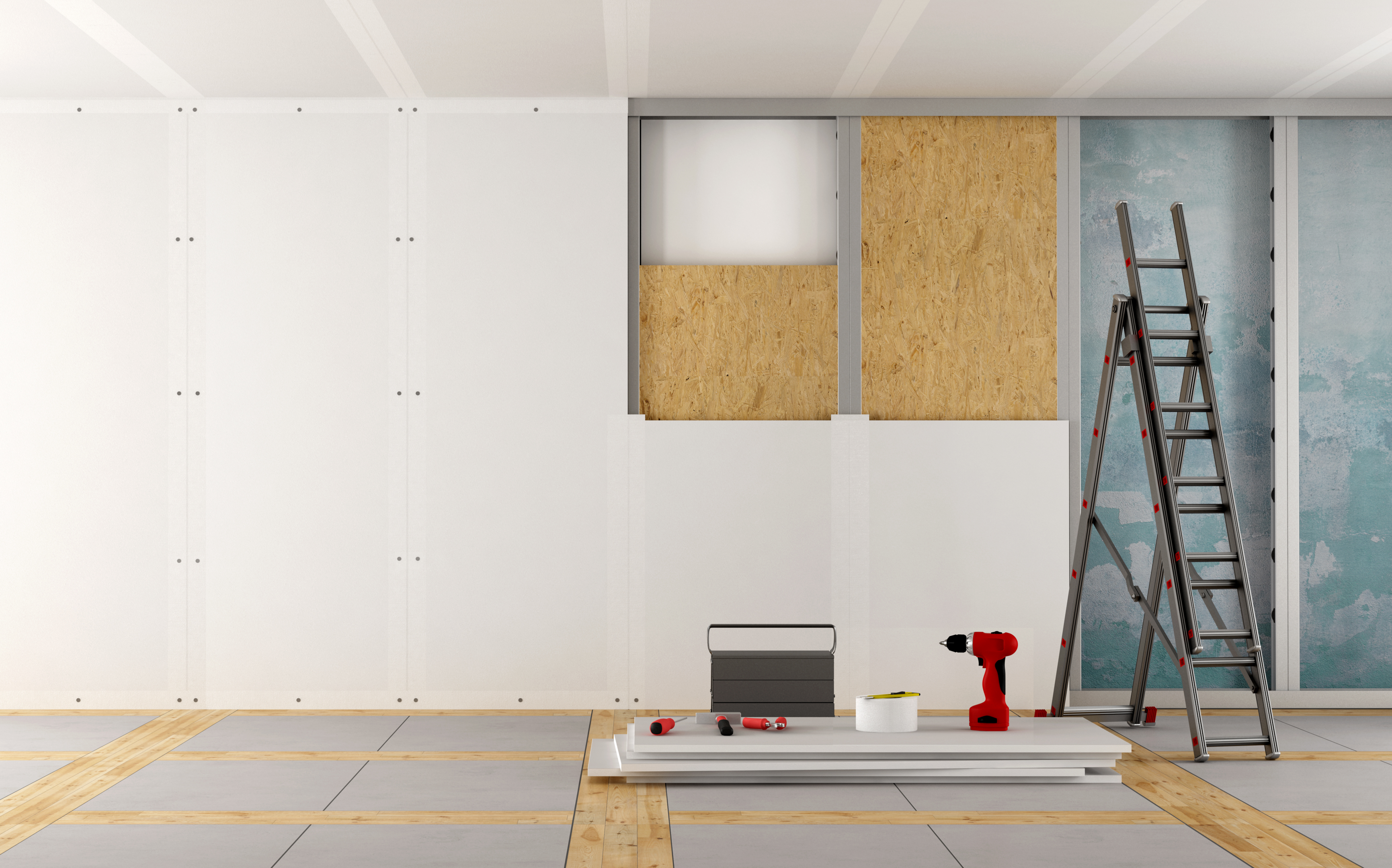
Understanding Retrofit: Energy Efficiency Measures
One of the most important things to check is the climate at home. For example, people in colder climates need more insulation than those in warmer temperatures.
Domestic Retrofit involves improving the property efficiency by reducing the demand for Heat by wrapping the Property by improving the fabrics; reduced need helps save money on the Energy Bills. It also enhances the interior comfort by Improving the internal Air Quality and increasing the inner comfort. Internal Comfort increase with increasing building fabrics, making it harder for heat to escape, so interior comfort increases with balanced heat escape and heat gain.
There are a few reasons why retrofitting your home can be a great way to save Heat and improve heating efficiency:
It can be less expensive than building a new property.
It’s a fantastic way to maximise the benefits of existing property fabrics.
Retrofitting is an excellent way to adapt your home to changing weather conditions and improve energy efficiency over time.
Understanding: Whole House Retrofits For Existing Buildings
Upgrading your home’s energy efficiency can seem like a daunting task. Still, with the help of a professional retrofit company, Retrofitting can be easy and managed affordably and help achieve the intended outcomes. If you want to do a whole-house retrofit, it is best to plan all the improvements simultaneously and follow the correct sequence to install the measures on your Property.
How Can You Tell If Your Home Needs Retrofit?
By specific electricity and gas use patterns, you can usually tell if your home needs a Domestic Retrofit. For example, if your home is constantly using more energy than usual or your energy bills have increased significantly, these could indicate that your home needs Retrofit. Additionally, if your home is more than 15 – 20 years old, it likely needs retrofitting to make it more efficient. An excellent way to tell is to get a professional assessment from an energy company or an independent contractor.
If you’re living inside is not comfortable. For example, the Property loses Heat very quickly.
Understanding: Performance and Energy Conservation
It is the approximation of the Heat that would flow from one side of an object to the other. In other words, it helps estimate how good a thing is at keeping Heat inside or transferring Heat to the outside. It is usually expressed as a percentage. The best way is to reduce use and improve the thermal performance of the buildings.
Greenhouse Gas Emissions
Greenhouse gases are emissions from burning fossil fuels such as natural gas, oil, and coal. These emissions contribute to climate change by trapping heat in the atmosphere. Local Council authorities are contributing positively to reducing Greenhouse Gas Emissions.
Local Net Zero Targets
Achieving a net-zero emissions target is not only possible, but it’s also economically beneficial.
Take Scotland, for understanding – the country has already reached its 2020 emission reduction targets and is on track to reach its 2030 net-zero emissions target. How? By investing in renewable energy sources like wind and solar power.
The switch to renewables has created thousands of jobs in Scotland, and it’s helped the economy grow by £8 billion. That’s a staggering number, showing that moving towards a net-zero emissions future is suitable for both the environment and the economy. Fuel poverty is a big challenge for the local authorities. Low-income households are not able to keep their Property warm affordably.
Local Authorities Industrial Strategy
As the world looks for ways to reduce carbon emissions, Local Authorities and the heating industry has developed an industrial strategy that it believes will be highly effective. The plan is to reduce the demand for Heat rather than reduce the emissions of heat-producing activities. It will be accomplished by working to increase energy efficiency and reduce overall energy consumption. By doing this, it is hoped that the demand for Heat will be diminished, leading to a reduction in emissions. While this strategy may not be perfect, it is believed to be the best possible solution for reducing emissions from the heating industry. Only time will tell if it is successful in achieving its goals.
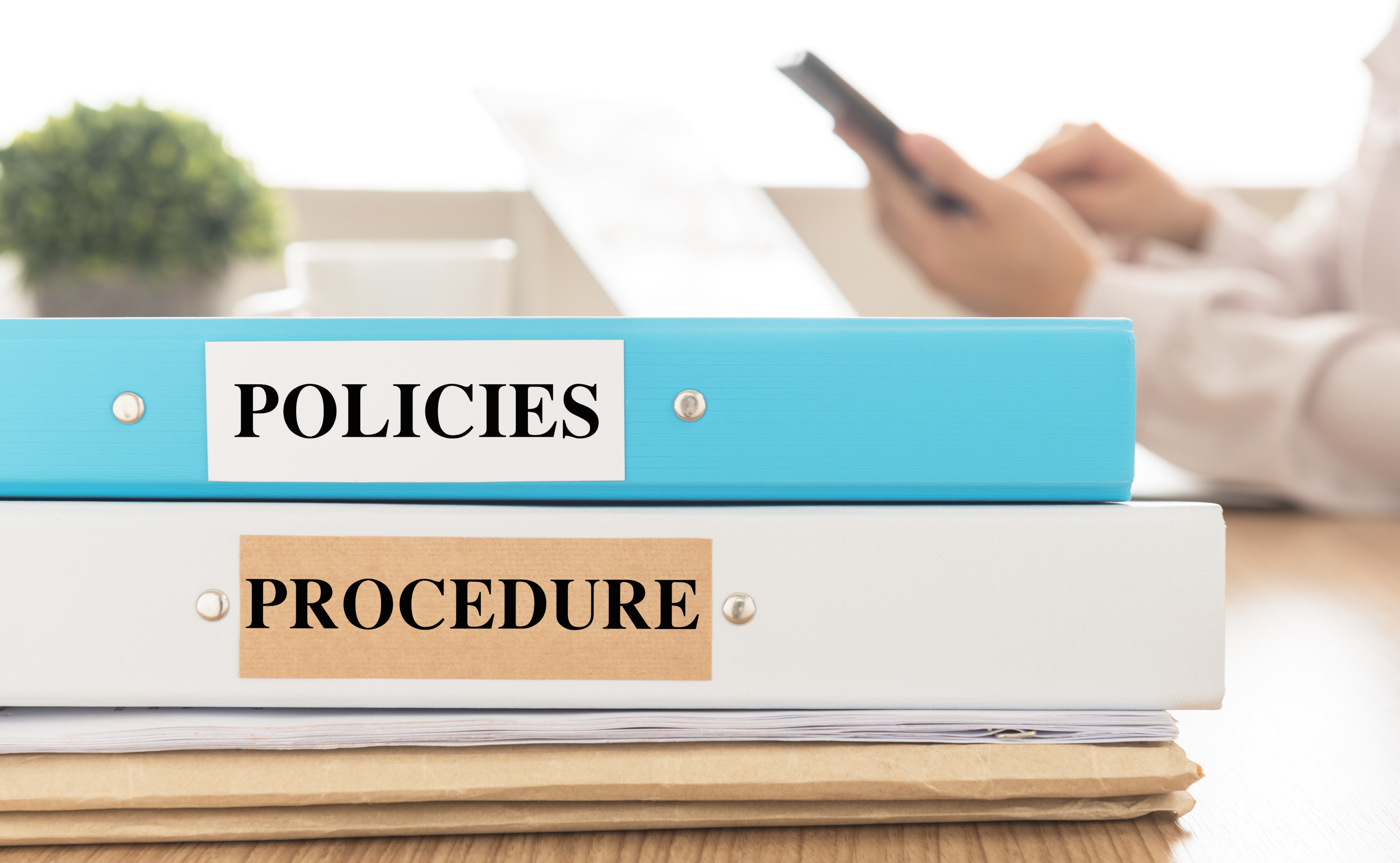
What Kind Of Work Is Involved In Retrofit Process?
Domestic retrofits are the only way to make a dwelling more energy efficient. There are many ways to retrofit, but some of the most common include the attic, wall fabrics, and window replacement. Replacing outdated appliances with more energy-efficient models is another way to help save money on your monthly bills. Many experts recommend hiring a professional retrofit coordinator to do a home energy audit before starting any domestic retrofit project. It will ensure that you make the most effective measures to improve your home’s energy efficiency.
Is Your House Fit For The Retrofit Standard?
If your property is not listed and protected, you can still have it insulated. You can do this by insulating the walls, floors, and roof. Many challenges are involved with these things, but it is worth it.
Professionals Understand The Technical Reasons
Include many Professionals to manage the project from start to finish.
Retrofit Assessor
Retrofit Coordinator
Retrofit Installer
Retrofit Project Manager
What Is Retrofit Insulation In Domestic Properties?
The big energy companies and local authority delivery schemes deliver the projects with local supply chains to meet the local net-zero targets. Local supply chains help to achieve the goals efficiently.
Property Retrofit Process
Yes, the sequence of the domestic retrofit matters in choosing the suitable measures for the domestic dwelling.
Retrofit Assessment:
First, assess your home’s energy performance through a comprehensive energy audit. Retrofit Assessment will understand where your home is currently losing energy and where improvements can be made.
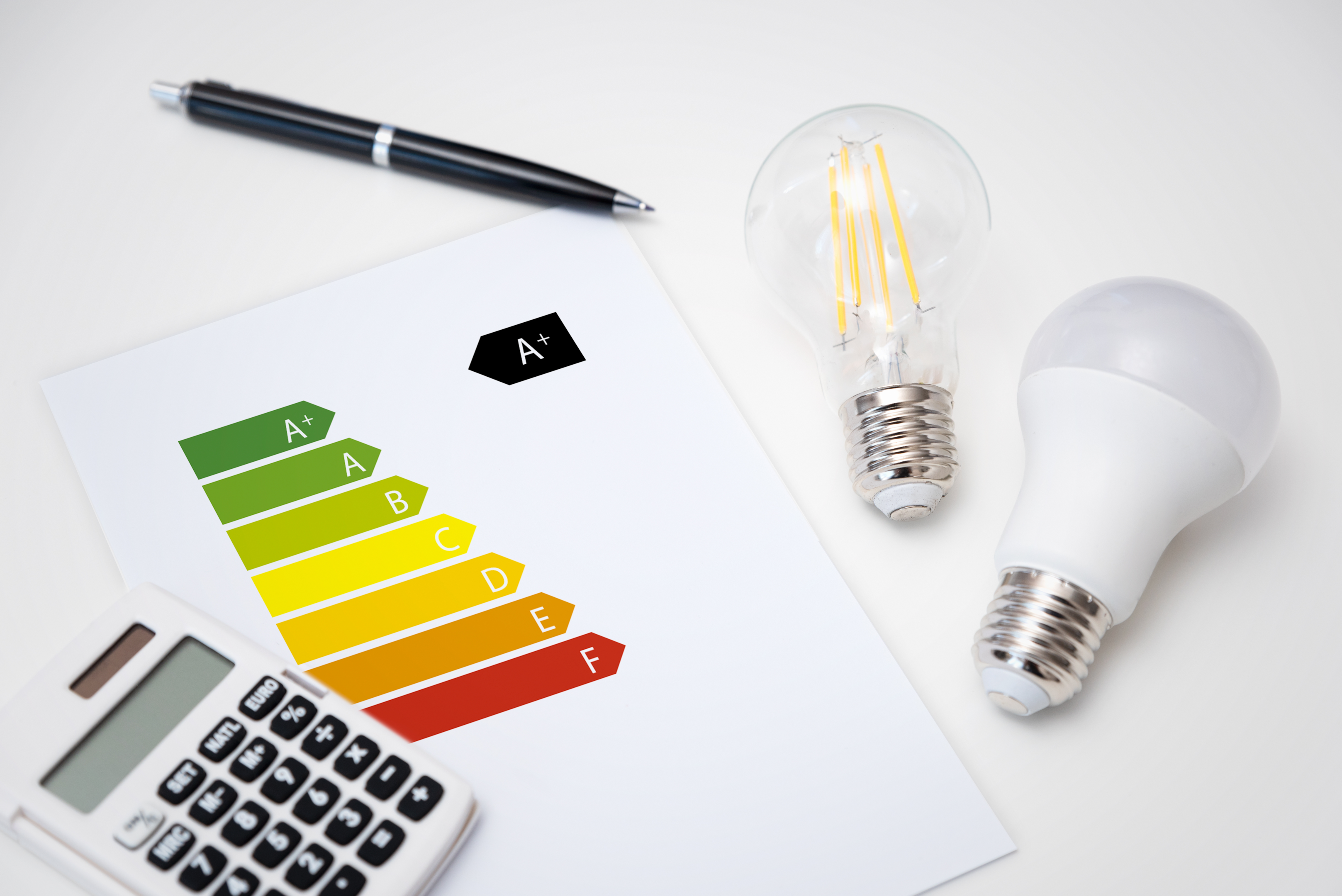
Building Fabrics (External Wall Insulation, Internal Wall Insulation, Cavity Wall And Loft Insulation)
Start with the most cost-effective improvements once you complete your retrofit assessment (property condition report, occupancy assessment, and energy audit). Fabric First is insulation and air sealing upgrades since they provide the biggest bang for your buck in energy savings.
Building Services
After that, focus on upgrading your home’s heating and cooling system and other major appliances and replacing old, inefficient heating appliances.
Renewables:
Think of renewable heat sources to achieve better results after the Property is well insulated to ensure no infiltration and unnecessary heat loss and replace the most efficient heating appliances.
Renewables work well in insulating properties.
How Long Will The Benefits Of Retrofit Last?
The benefits of a domestic retrofit usually last for around 20 years. A domestic retrofit can help improve your home’s energy, making it more comfortable to live in and helping to save you money on your energy bills in the long run.
Building fabrics are insulation, draught-proofing, double-glazing, and fitting new boilers and heating systems. Improving fabrics can make your home more thermally efficient and reduce the energy you need to heat it. It helps save you money on energy bills and entitles you to receive financial support from your local government or utility company.
Benefits Surveys: Before Possible Renovations
Heating Survey:
A heat pump, including the Air Source Heat Pump, is a great way to heat and cool your home, but it’s essential to have a survey done first to check the expected heat escape and gains. This is mandatory before selecting a heat pump, as it will ensure you get the most efficient model for your needs.
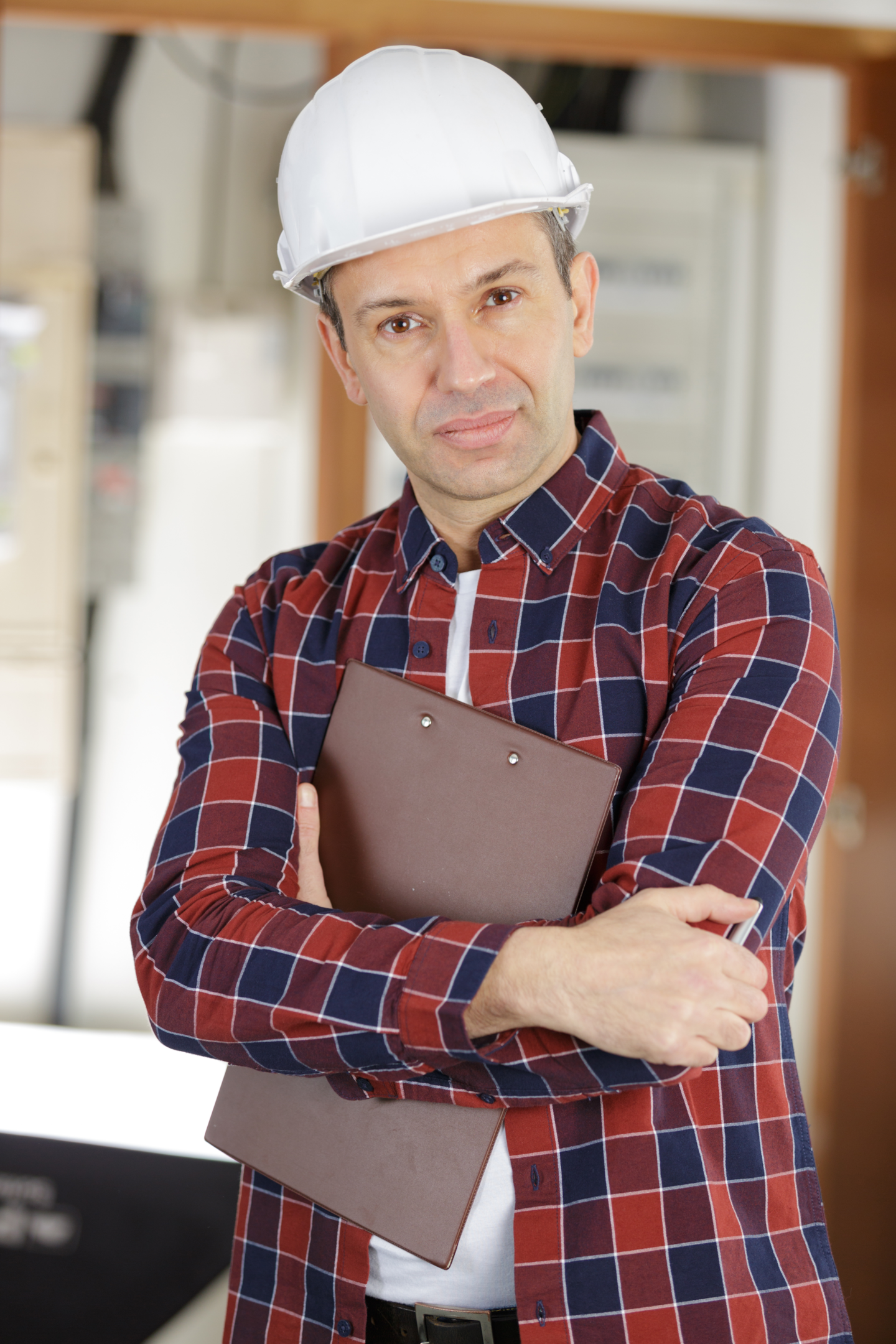
Ventilation
Before retrofitting your home with energy-efficient factors, it’s essential to check the ventilation system and ensure that any upgrades are considered. Many homes have inadequate ventilation, leading to problems such as moisture build-up, mould growth, and even electric shocks.
Ensuring good ventilation is essential for your home’s comfort and safety, so you factor it in when planning any upgrades. A qualified contractor can help you assess your ventilation needs and recommend the best course of action.
Why Ventilation?
Building Fabrics and ventilation go hand in glove. The best way to keep your home cool during the summer months is by ensuring good airflow through it, which you can do with insulation that gaps closed around the edges or tightly rolled up like an emergency blanket when not needed!
The air quality changes in the winter the same way it does in the summer. Like we think about ventilation in the summer, we need to think about it during the winter.
Improved Air Quality:
Indoor air quality and pollution are just as bad for your health and even more severe than outdoor sources. The inside of a building often has less contact with fresh outside breezes, so it becomes necessary that the heating system is cycled frequently or there are no natural ventilation systems present to stay comfortable without having sickening allergies from allergen exposure during the winter months.
Low Humidity Level:
Humidity is a problem for homeowners, especially if there isn’t enough ventilation. When the air inside gets too moist and humid, it’s difficult not to raise your eyebrows at least once or twice! The best way around this issue? Get an external supply of fresh new outdoorsy-smelling breezes through open doors/windows during those hot summer days when you’re feeling stuffy from all that humidity trapped inside homes due to lack of circulation caused by high levels of residue build-up on filters which leads us back full circle–fans help move.
Health Benefits:
Sound ventilation systems in your home are a great way to improve the quality of life for you and all living with allergies, asthma, or head pain. These same features can help reduce dampness which causes many respiratory problems such as emphysema–so get one today!
Comfortable Home:
At home! Good air quality is essential for your family’s health and comfort. The benefits of opening windows, turning on fans, or using a dehumidifier to combat foul odours can be seen throughout the day with improved moods from less stress in rooms where people spend most of their time together, such as bedrooms.
Dampness
Before embarking on any retrofitting project, it is essential to address all dampness issues. Dampness can seriously undermine a structure’s strength and stability and cause problems with mould and rot. If you don’t treat water before retrofitting, you could be setting yourself up for some severe headaches down the road.
There are ways to treat dampness, depending on the source and severity of the problem. For example, installing a sound sump pump system can make a massive difference if your basement is prone to dampness. If you have cracks in your property foundation or walls that allow moisture to seep in, they must be sealed.
Mould Growth:
Mould can grow in your home if the conditions are right. Mould loves damp, dark places with poor ventilation. You often see it growing in basements, attics, or closets. If you have mould growing in your home, it’s a sign that the air isn’t circulating well and the area is too moist.
Mould isn’t just unsightly – it can also be dangerous for your health. Inhaling mould spores can cause respiratory problems, headaches, and fatigue. If you have mould growing in your home, getting rid of it as soon as possible is essential. You can do this with some elbow grease and the right cleaning supplies.
Condensation Problems:
Yes, Condensation is a sign of poor indoor air quality and airtightness. If you notice water droplets forming inside your windows, this is a sign that your home is not adequately ventilated. And if your Property is not sufficiently ventilated, likely, you’re also dealing with poor indoor air quality.
Increased Humidity in the Property contributes to the Condensation inside the Property. When moisture levels in the air are high, it can cause problems, such as mould growth, respiratory problems, and even damage to your property. If your home has proper ventilation systems to keep the humidity levels under control, Condensation.
Property Repairs
Yes, it is essential to fix the plumbing problems before retrofitting the Property. The plumbing is one of the most critical parts of the Property, and if there’s anything wrong with it, they need to be fixed before anything else is done.
One of the main reasons for this is that moisture can cause much damage to Property. Plumbing system leaks can lead to water damage, which can be very costly to repair. In addition, if any plumbing problems are not fixed, they can lead to structural damage over time. So, taking care of any plumbing issues is essential before doing anything else with the Property.
It would be best to check any property disrepair before the installation. It includes roof, flooring, walls, and any structural issues that may arise.”
Domestic Retrofit In Construction
The process of domestic Retrofit in construction refers to updating an older property to protect the environment. It can involve installing more efficient windows to solar panels and other energy-saving factors. The aim is to make homes greener and more efficient, saving money on energy bills and reducing your carbon footprint. The Building Regulations include the retrofit standard. Retrofitting properties are more desirable to new homeowners, tenants, and investors. The rules for social and private landlords are also changing, and investors always want to make a safe and secure investment to plan their future moves.
Funding And Local Authorities
Local Authorities are running the schemes in areas with local partnerships to deep Retrofit the housing stock. Low carbon heating is the best solution to save the planet.
Managing Finance For Retrofit Projects
Self-Finance For Retrofit
If you want to save money from the rising costs of energy bills, you can self-finance a home retrofit. It will help protect the environment too.
Government & Local Authorities Funding For Retrofit
Many schemes are running to make sure homes are more efficient and improved comfort. The Government is funding these projects, and they must follow a set of regulations PAS 2035. The Retrofit professionals follow the same standard to assess, plan and sign off the project.
There are grants available for landlords and homeowners who meet specific requirements. The grants can help pay for insulation, heating upgrades, and whole-house retrofits.
Finance For Retrofit
Banks and building societies are financing retrofitted projects. If you want to invest in a project, you can get money from an energy trust with no interest.
Take out a loan from your bank or another lending institution. It is likely the most affordable option, spreading the cost over several years.
Use your home equity to finance the project. This option can be expensive, as you will be borrowing against the value of your home. However, it may be worth considering if you plan on staying in your home for many years and want to increase its importance in the long run.
Ask family or friends to help finance. This option can be beneficial if you don’t have enough equity in your home or don’t want to take out a loan.
Frequently Asked Questions About Zero Carbon in the House?
How to Test the Air Leakage in the Property?
Air test in domestic dwellings is a part of retrofit work. The assessor builds the pressure inside the Property and checks the change in the pressure over the period. The assessor repeats the same exercise after the installation to check the difference. The PAS2030 PAS2035 standard is to achieve maximum air tightness and proper ventilation.
What is Fuel Poverty?
Fuel Poverty is a term used to describe households in the United Kingdom who cannot afford to heat their homes to a satisfactory level. The problem is particularly acute in winter when people are trying to keep warm, and it can often result in health problems and increased stress levels.
There are several ways to measure fuel poof properties, but typically it is defined as spending more than 10% of your income on heating your home. In some cases, people have to choose between heating and eating, which is an unacceptable choice to have to make.
Several measures can be taken to help reduce the number of people living in fuel-poor households, including increasing efficiency, providing financial assistance, and changing the
Why Government is funding Construction and new technology?
Government is funding to help achieve household targets by 2050 and make the country carbon neutral. The main goal is for households are using less energy by making home improvements. That’s why those households cannot afford to upgrade their property government is supporting them.
Can I achieve the Passive House standard for my old build house?
Yes, it is possible to achieve the passive house standard. Still, as we discussed earlier, it is not an effortless process, and professionals check the property assessment to highlight any concerns with the Property.
What is the best way to reduce Heat’s low carbon construction cost in Scotland, England, Wales and Northern Ireland?
What Are Green Homes?
Green homes have been designed and built with the environment in mind. Many green homes use sustainable building materials and energy-efficient technologies, which helps reduce their environmental impact.
In addition, green homes often have features that improve indoor air quality, such as ventilation systems and low-VOC (volatile organic compound) paints and finishes. It helps to keep occupants healthy by minimising their exposure to harmful chemicals.
Finally, many green homes are also designed for optimal efficiency. It means they use more energy than a traditional home, saving homeowners money on their monthly utility bills.
Environmental Protection
The world is in trouble. Glaciers are melting, rainforests are vanishing, and animals are becoming extinct. We must act quickly to address this issue. Retrofitting our houses and businesses with efficient features is one way we can help. It will help us save money on energy costs while reducing our carbon footprint. Furthermore, we can make a difference by supporting environmentally conscious businesses. Finally, we must act quickly to address this issue before it is too late.
When attempting to achieve something, every small amount helps save the planet. You can help by participating. It’s easy, and it makes a difference.
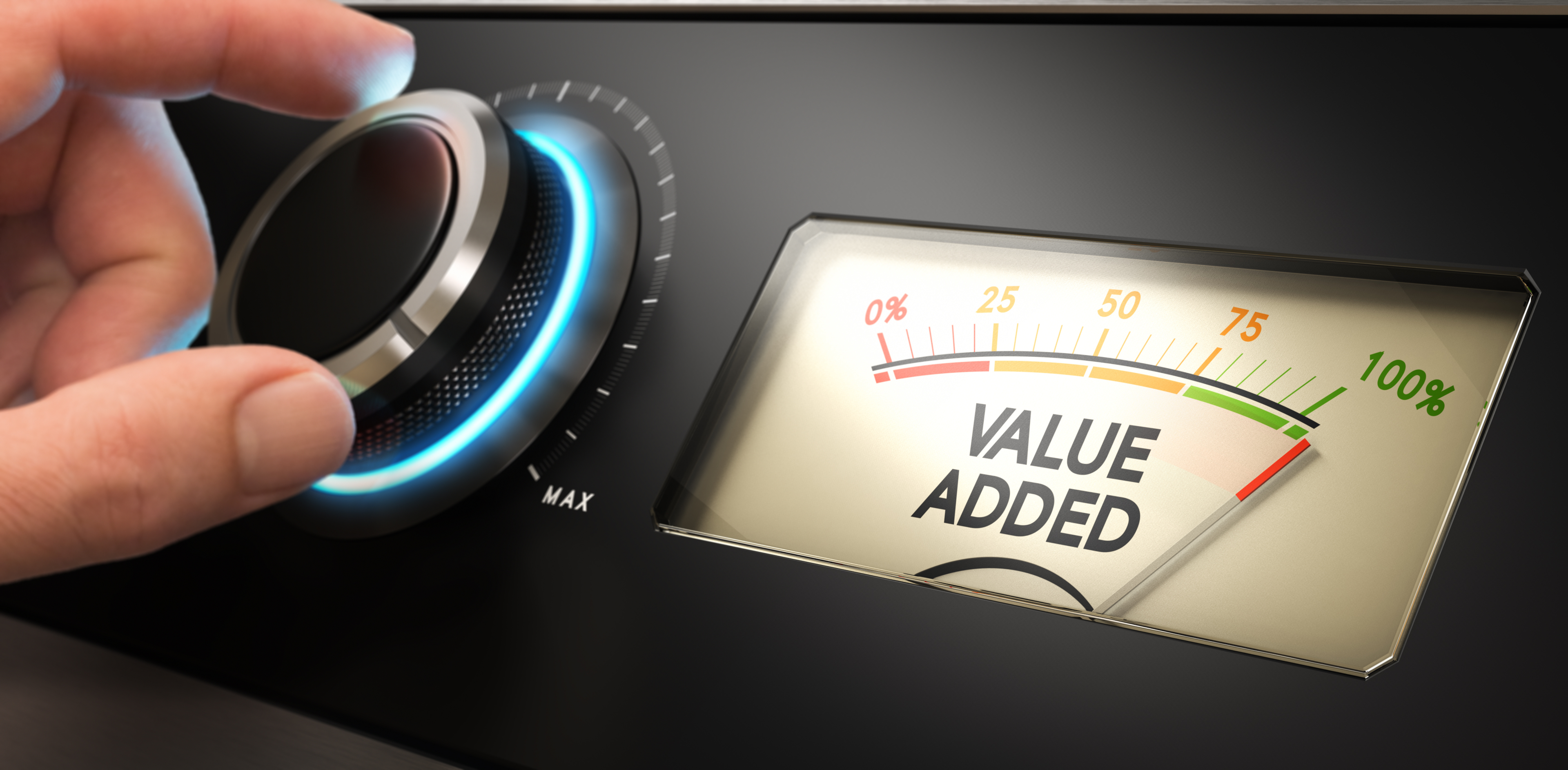
Government Funding For Fuel Poor Households to Be Zero Carbon
It is time for homeowners to take a more active role in preserving our environment and ensuring their families are safe and comfortable. Domestic Retrofits allows homeowners to do that while also enjoying some significant benefits with fabric measures in the construction. Our team of experts can assess, coordinate, and manage every step of the process and ensure that your home receives the necessary work to improve its efficiency and sustainability. Ready to get started? Get in touch with The Retrofit Coordinator to inquire about the best way to be zero carbon for your Home.



